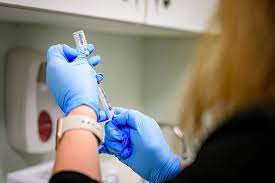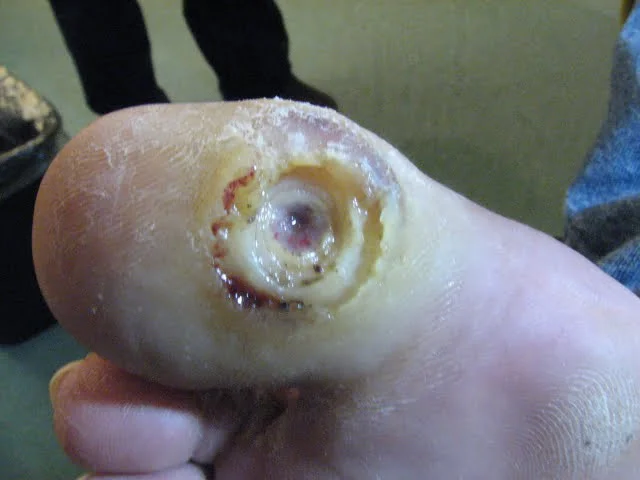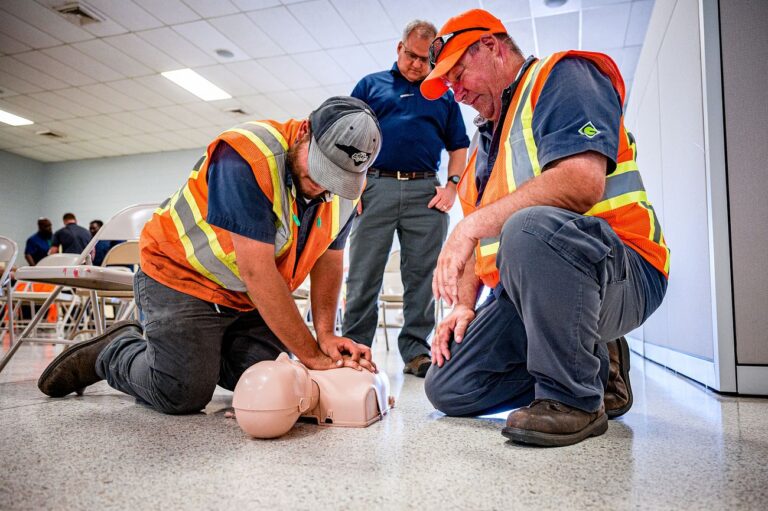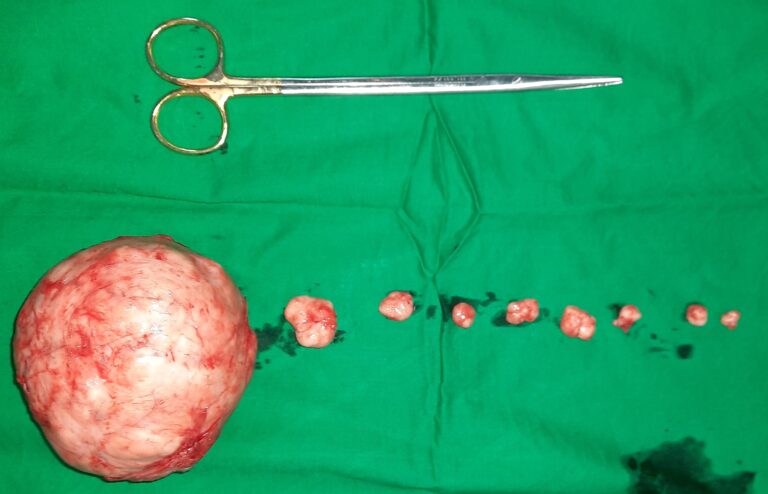Radiation Safety: How Hospitals Minimize Risks While Delivering Critical Care

Radiation is a powerful tool in medicine, key for diagnostics and treatment. From CT scans to radiotherapy, it enables oncologists to provide accurate diagnoses and life-saving treatments. Its use also raises safety concerns for both patients and clinical staff. By understanding the precautions, equipment, and practices used to manage radiation safely in hospital settings, healthcare professionals can achieve patient and team wellbeing.
Do Imaging Tests Require Special Precautions?
Medical imaging procedures, such as X-rays, CT scans, and PET scans, are widely used in hospitals to diagnose and monitor diseases. While these procedures involve exposure, the levels are generally very low and strictly regulated for patient safety. In most cases, patients undergoing imaging tests do not require special precautions.
Certain groups may need extra care. Pregnant patients might need alternative imaging options to avoid exposing the fetus to radiation. Children, who are more sensitive to radiation, are typically given the lowest possible dosage to minimize risks. Healthcare providers carefully weigh the benefits of these tests against the minimal risks of exposure. By educating patients about these factors, providers can help ease concerns and support informed decision-making.
Can Equipment Reduce Radiation Exposure Levels?
Advanced medical technology plays a significant role in minimizing radiation exposure during imaging and treatment. With substantial improvements over older machines, modern equipment is designed with safety in mind. Some of the innovations that help reduce exposure include:
- Dose Modulation: New imaging systems adjust doses based on the patient’s size and target area, using the minimum amount of radiation.
- Shielding Features: Many devices incorporate built-in lead shielding to protect surrounding tissues.
- Precision Targeting: Techniques such as intensity-modulated radiation therapy (IMRT) enable the precise delivery of radiation to the tumor, thereby sparing healthy tissue.
By integrating the latest technology, hospitals can enhance safety protocols while maintaining diagnostic and therapeutic accuracy.
How Are Staff Protected Daily?
Radiation safety for medical staff is just as necessary as it is for patients. Oncologists, radiologists, and technologists working in environments with daily exposure must follow strict guidelines for their ongoing health. Hospitals implement several key measures to protect their teams:
- Time, Distance, and Shielding: Staff training helps minimize time spent near sources, maximize distance, and utilize appropriate shielding, such as lead aprons or walls.
- Personal Dosimeters: Radiation badges worn by staff measure cumulative exposure, allowing hospitals to monitor and limit individual doses.
- Dedicated Safety Zones: Clearly marked zones and restricted areas control access to high-exposure environments.
Regular training sessions and strict adherence to regulatory standards help maintain a safe workplace for medical staff who are exposed to radiation daily.
Discuss Exposure Concerns with a Specialist
Radiation safety is a shared responsibility between healthcare professionals, administrators, and patients. For those with concerns about radiation exposure, whether as a patient or medical staff member, addressing the topic with a specialist is a key first step. Hospitals are committed to striking a balance between the benefits of radiation and meticulous safety measures, ensuring both effective care and protection. If you or your team need personalized guidance or have questions about safety practices, reach out to a specialist today.
- What to Expect When Visiting a Foot and Ankle Specialist
- Causes of PTSD
- The Link Between Plantar Fasciitis and Weight Gain: What You Need to Know
- How Pet Ownership Can Positively Impact Life with Fibromyalgia
- The Importance of Stretching and Flexibility in Sports Medicine
Dr. Emma Green is a health and wellness expert with over 10 years of experience in nutrition and fitness. Passionate about helping others live their healthiest lives, Dr. Green shares practical advice on wellness, nutrition, and sustainable living through LivingSpristine.






